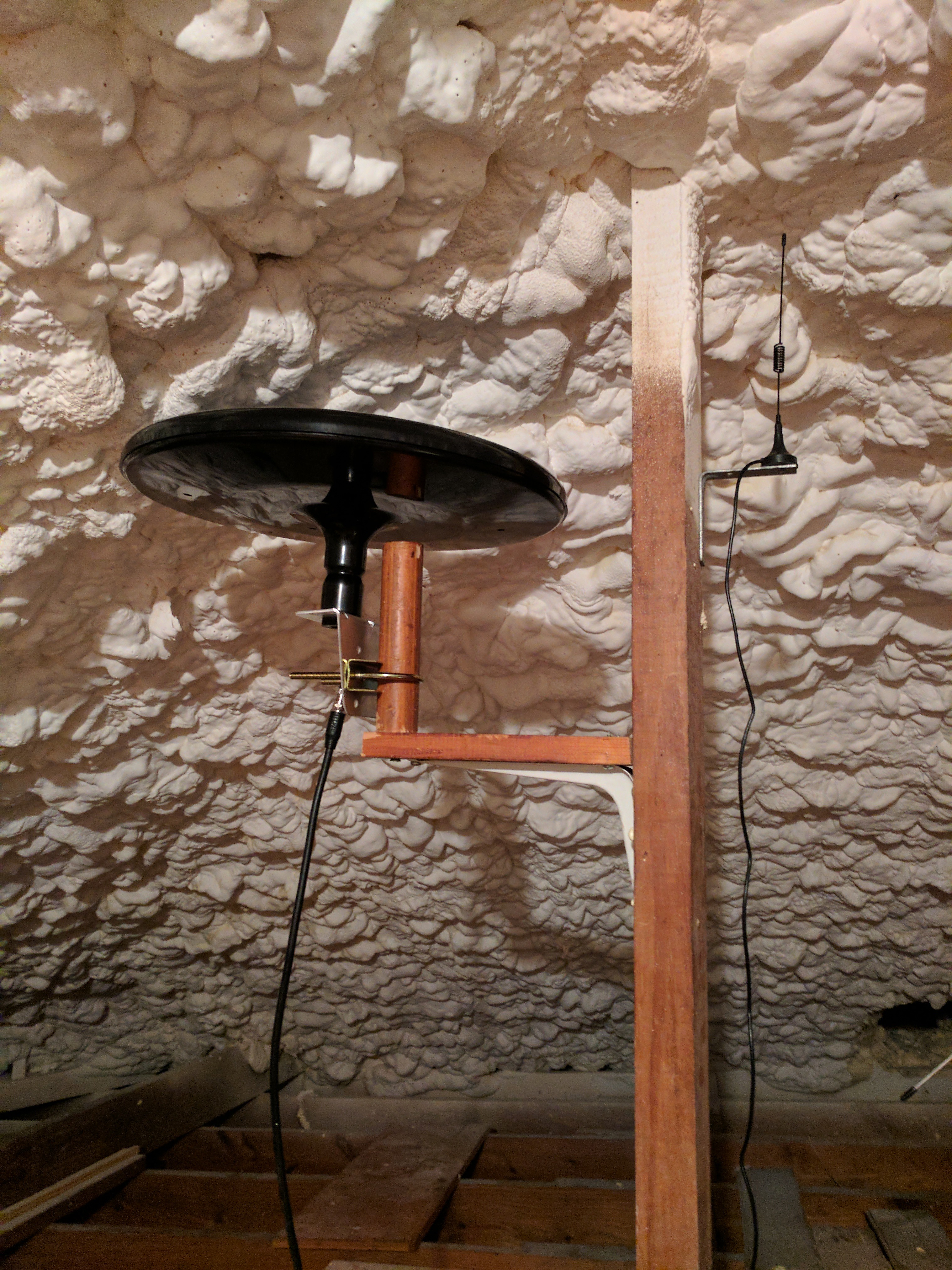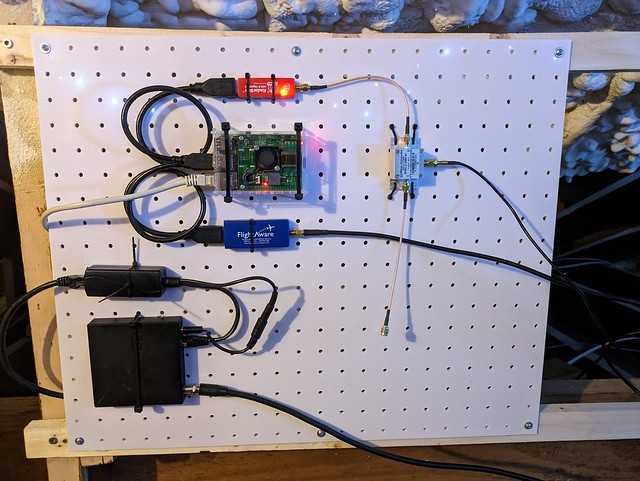There is a fundamental truth about domestic air travel in the US that everyone seems to be ignoring:
There is not enough overhead bin space on a current airplane for everyone to bring a maximum size carry-on.
Like, we all know this, right? It's like somewhere between one half to two thirds of the passengers can have a full-size carry-on and then we're out of overhead bin space. It's probably like three fifths, but I haven't actually done the math.
Every domestic flight I've been on in recent history has been packed to the max with people and baggage, necessitating folks who are boarding last checking their bags and adding delays to the departure time and potentially foiling connections. Two out of my last four trips have had this issue. One disastrously.
And of course they do this on the jetway, because even though the gate agents always ask folks to check their carry-ons because "we have a full flight today" (we always seem to have a full flight today) nobody is going to do it unless they're made to do it. The process of determining that is always a depressingly long and manual process of checking bin space several times, rearranging bags, and firmly putting your foot down and saying "no, you have to check your bag".
I'm not going to blame passengers, though. I like to check bags, but if I had a roll-away carry-on this is exactly how I'd behave, too. Let someone else check their bag. Let someone else take a different flight. I might could do either on a return flight, if I didn't have a connection to make, but there's almost always a connection to make.
I'd be interested to know when the full-size carry-on form factor became a thing, and how it was decided, because it's clear the conditions have changed and nothing else has changed with them. Did it ever work better?
So. What to do?
Hell, I don't know. I'm not a frequent flier. I routinely check my bags and everything I carry on either fits neatly under the seat in front of me or is a CPAP that usually easily slips in the overhead bin between the nearly ubiquitous full-size carry-ons. But here are some ideas that might speed things along (assuming on time is your metric here).
- Smaller max carry-on size. I like this one the best? But I'm a weirdo who checks his bag so I could be wrong here. If we shrink the carry-on size so that everyone (or at least most people) could have one, the problem solves itself. Bags over that size get checked automatically at the gate. This still might cause delays in boarding, though.
- More gate agents. A single gate agent means things GRIND TO A HALT when you start checking carry-ons. Having a line for carry-ons to divert to when you get over a certain number where they get their bag checked and then can continue on while the rest of the passengers can cruise on through serves all my desires neatly. Just one more person could fix this.
- No more checked bag fee. Is this the largest driver of carry-on culture? No clue. The other driver is "What if my bags are lost?", but I feel like checked bag fees drove this more and now it's ingrained even if some airlines don't do it.
The problem, of course, is that all these things cost money that the airlines are unwilling to spend because the penalty for a failed connection or outright missed flights simply isn't high enough to affect the bottom line. It should be, more than just hotel/food/travel vouchers or whatever. There should be real financial penalties for this, because delays cascade across airports and airlines and bung the whole system up.
Anyway, that's my thoughts on this. Please sit back, relax, and enjoy your flight. I know you have choices on what to read on the internet, and I'm glad you chose this.

